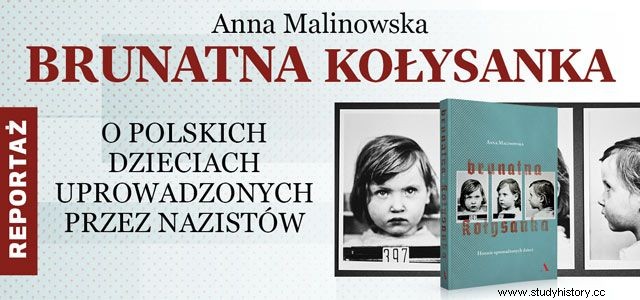Post-war Poland is not only cursed heroes on the one hand and cooperating with the communist government of the traitor on the other. Meet the man who defies the simple divisions into "black" and "white".
January 1945. A truck stops in front of the impressive building of the Silesian Parliament in Katowice. Chilled men with their modest possessions start to jump out from under the tarpaulin. They will organize Polish administration in the Silesian Voivodeship, enlarged by lands that belonged to the Third Reich before the war.
Among the newcomers is Roman Hrabar, a tall, handsome 36-year-old lawyer. As Anna Malinowska emphasizes in her book "Brunatna Lullaby", he does not have a good biography for the new times. He comes from Kresy seized by the Soviets, from a family of intelligentsia:his father was a lawyer and his mother a painter. No wonder this member of the borderland elite seeks happiness in the wild west , where communists, who care about getting officials at all costs, turn a blind eye to the past and origin.
No papers? Take care!
In July 1945, all voivodeship offices received a letter from Warsaw with a laconic request to make a list of children deported to Germany during the war. This is a particularly pressing problem in Silesia. It is known that thousands of children were taken to the Reich for Germanization, but there is practically no evidence of it - the Germans were very careful to cover their tracks.
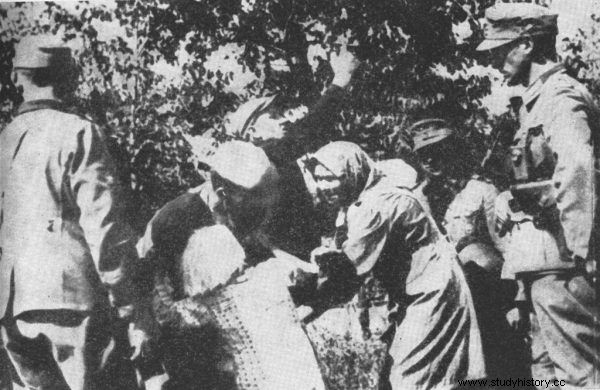
During World War II, the Germans kidnapped around 200,000 Polish children. The photo shows the abduction of Polish children during the pacification of one of the villages in the Zamość region (source:public domain).
Superiors come up with a great idea:let a young lawyer who boasts knowledge of as many as three Western foreign languages (German, English and French) take care of the search for children. Hrabar gets down to work vigorously. He publishes announcements in the press, asks journalists for help, and starts cooperation with the Red Cross. From August 1946, he also developed contacts with the UNRRA, the United Nations Aid and Reconstruction Administration, one of whose departments is currently looking for children missing from the war.
The director of the UNRRA Children's Headquarters (and privately a friend of Eleanor Roosevelt), Eileen Blackley, provides the Polish lawyer with all possible help and mobilizes him to act as soon as possible. Time is working against Polish children, traces will be blurred. There are already many children in the UNRRA camps in Germany who cannot say anything about their origins. There are also constant reports of Polish children in German foster families. However, when asked about it, the Germans react hostile, or at best - evasive. Meanwhile, the families of the missing children are also beginning to reach the lawyer in Katowice, first from Silesia, then from all over Poland.
In the mouth of a lion
Hrabar is totally involved. He applies to the central authorities for a power of attorney to conduct searches in the territory of the Allied occupation zones in Germany, packs the most important documents that he has managed to obtain in Poland, along with photos of missing children, and leaves for Heidelberg. We do not have any information on how children are searched for. There is a great unknown ahead of us - records in his journal.
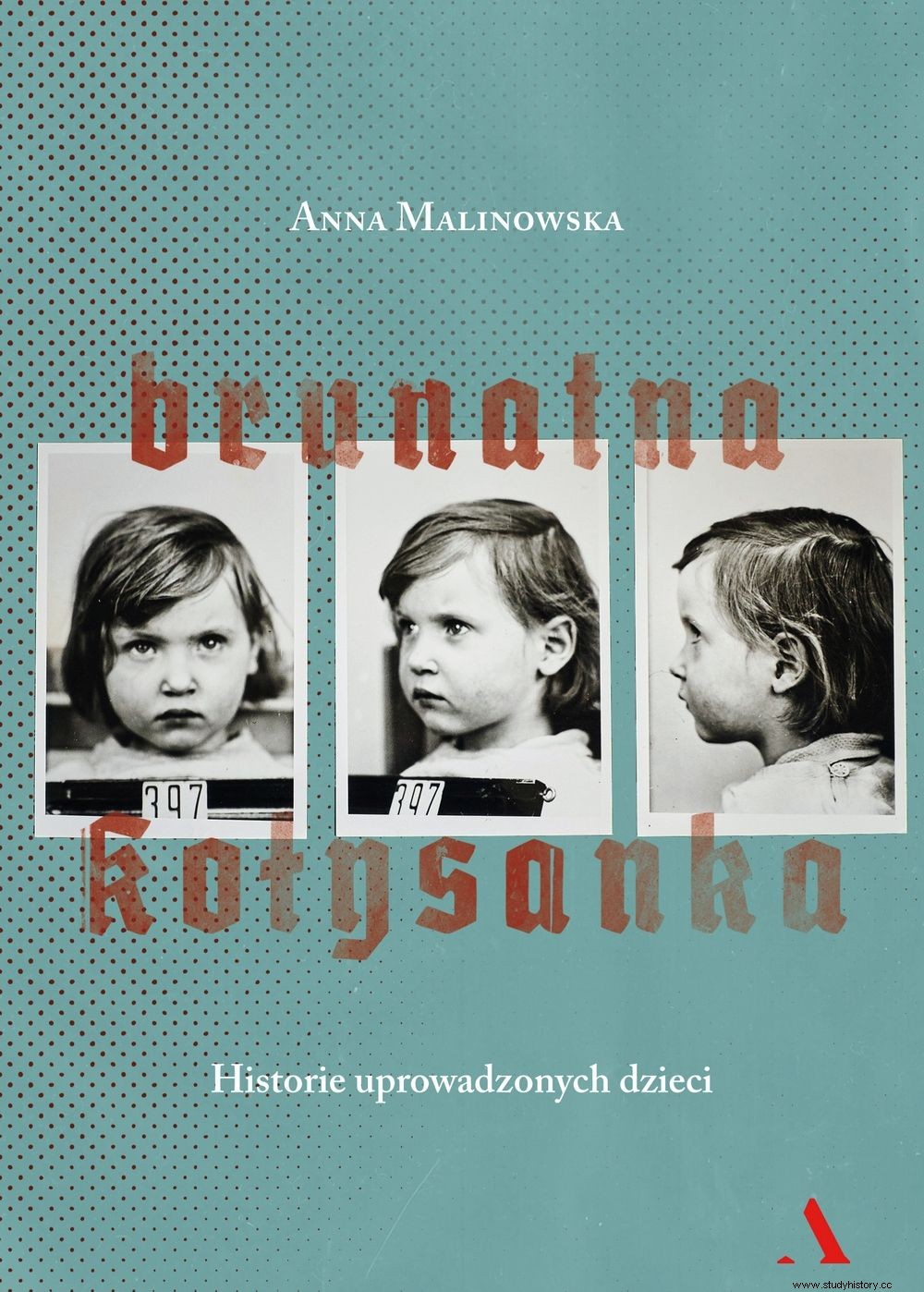
The main delegate of the Polish Red Cross to Germany warns Hrabar: you will have enemies everywhere . On the spot, it turns out that, indeed, not only the Germans, but also the Americans and the English, are multiplying problems. They do not want to repatriate teenagers without their consent, and they also do not agree to the departure of children who do not speak Polish. A committed lawyer opposes this attitude. As he writes:
I strongly emphasize that all robbed children must return to their homeland - not only Polish ones - to partially compensate for the harm caused by the monstrous Nazi occupation.
Unfortunately, it is often virtually impossible to definitively determine the identity of a child. In many cases, the only evidence Hrabar has at his disposal is a worn-out photo from years ago. Meanwhile, German officials, whenever doubts arise, do not want to issue appropriate certificates. For some it leads to desperate steps:one of the members of the group looking for Polish children, Captain Rosołek, even goes so far as to uncooperative officials ... threatens with a pistol.
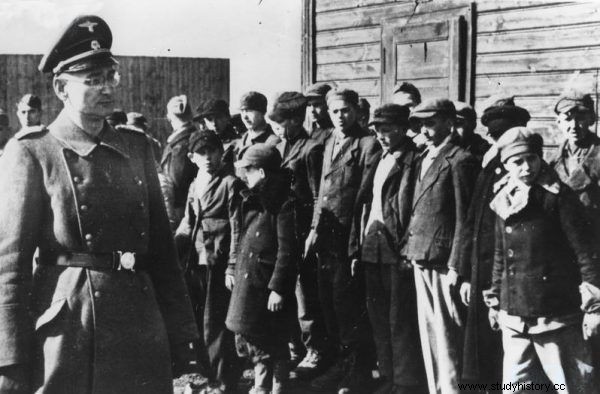
The search for the children kidnapped by the Germans was like an investigation. The photo shows an assembly in the Lodz children's camp. Most of them later found their way to the Reich (source:Stefan Bałuk's Photographic Archive / public domain).
Rosołek himself, unlike the German bureaucrats, never doubts. He recognizes Polish children at a glance. He has never been found to be mistaken, but complaints about his methods have resulted in him having to say goodbye to being a child seeker - notes the lawyer from Katowice regretfully.
Puzzles worthy of the best detectives
Over time, Hrabar is getting better and better at matching the pieces of the puzzle behind which the children's identity is hidden. He discovers the methods that the Nazis of Lebensborn, an institution working to renew German blood and breeding the Nordic race of superhumans , they used to "help" children forget about their origins. For example, they tried to keep the first syllables by Germanizing the names of these elders. As a result, the new name blurs with the old one, and the children think they carry it all their lives.
This article has more than one page. Please select another one below to continue reading.Attention! You are not on the first page of the article. If you want to read from the beginning click here.
The fame of the Polish lawyer grows when he manages to find Alodia and Daria - two Witaszek sisters. He finds their trace when he comes across two girls named Wittke in the Allied censuses. The girls' birth dates coincide, although the places have been changed. The names they use in their new homeland also sound similar:Alice and Dora. Soon, recovered from German foster families, they return to their siblings in Poland. The national and foreign press writes about their miraculous finding.
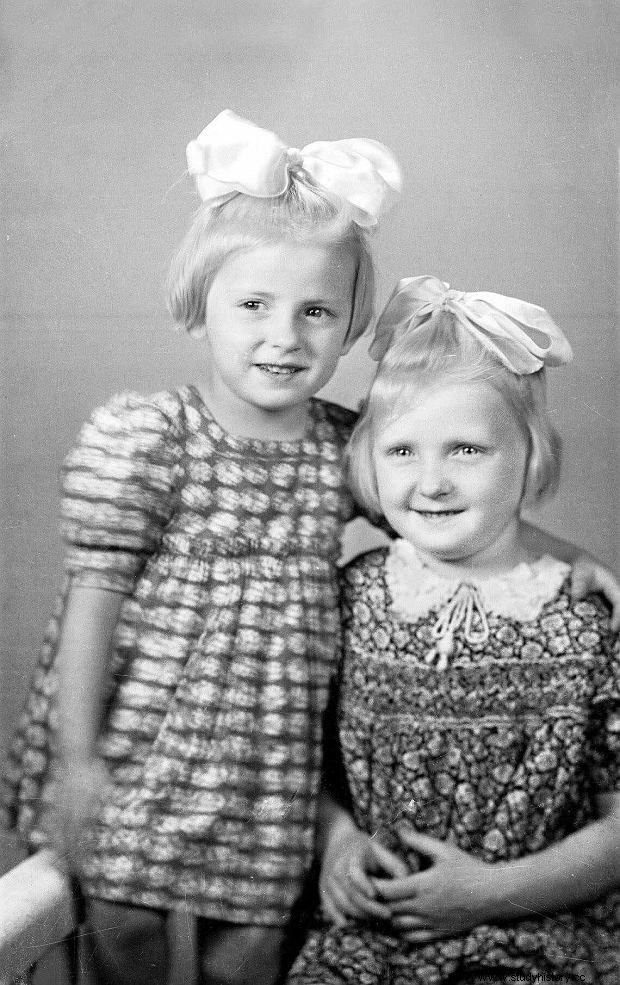
Daria and Alodia Witaszek in a photo from 1943 (source:Alodia Witaszek's private archive).
Polish children, victims of the Cold War
Climate change in Europe and the start of the Cold War unfortunately make it difficult to search for Polish children deported to Germany. The Western allies are less and less willing to cooperate with the Soviets, and thus also with representatives of the Polish communist government. The Polish group hears more and more often from representatives of the UNRRA or the occupation authorities that tearing children away from German families with whom they become close is inhumane . In some German Länder, new birth certificates are issued to children of unknown origin. Desperate Hrabar writes:
The gathering of documents, the analysis of deportation routes, and the tracking of individual groups of children (...) I find myself difficult to control. Such a position legalizes the Nazi crime ... But by what right is children involved in the political game?

He himself is not interested in politics. He wants to restore the true identity of the Germanized children, by force detached from their families. He estimates the number of those deported at two hundred thousand…
Lebensborn in Nuremberg and end of mission
On October 20, 1947, another in a series of trials against criminals of the Third Reich begins in Nuremberg. This time, the dockers are the originators and executors of Nazi racial programs, including the founders of the Lebensborn organization. Hrabar cooperates with the prosecutor Edmund Schenk - a German Jew who managed to escape to the United States before the war (his parents died in Auschwitz).
Together, two lawyers collect evidence in Poland and prepare several children for the role of witnesses in the trial. An unfavorable sentence for them, announced on March 10, 1948, in which the tribunal recognized Lebensborn as an organization doing everything to give children good care , it is a shock for Hrabar. But she doesn't give up. In numerous papers and publications, he will fight for Lebensborn's recognition as a criminal organization.
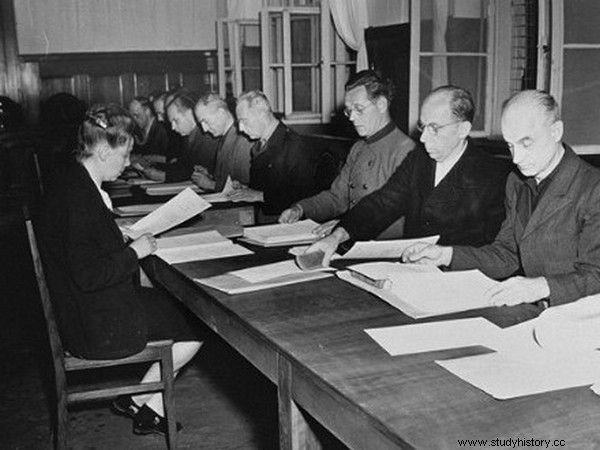
In October 1947, the eighth of the 12 Nuremberg trials began. The dock included people related to Lebensborn, among others. In the photo, the accused will learn about the charges (source:public domain).
Hrabar's foreign mission continues for some time after the trial is over. It does not end until 1950, when he and his associates leave Germany. He feels that only a small fraction of the issues have been solved. This is the tragic, painful ending - he writes bitterly in his journal. After returning to Katowice, he begins regular legal practice, but is still interested in German matters. He wants to write about Lebensborn, about his discoveries. He is interested in the legal aspects of child recovery. Announcing his book "Hitler's robbery of children", for which he will receive Polityka's award, he says:
The abduction by the German fascists was a procedure designed as a fresh blood transfusion for a biologically devastated vaterland. We did not have that in the literature yet (...) the society did not notice that the Nazis seized Polish children in jasyr .
This article has more than one page. Please select another one below to continue reading.Attention! You are not on the first page of the article. If you want to read from the beginning click here.
Pact with the communist devil
His lifelong crusade does not remain fruitless. Artur Ossowski from the Lodz branch of the Institute of National Remembrance, interviewed by Anna Malinowska, author of the "Brown Lullaby" , says with admiration:
Thanks to Hrabar's efforts, denationalization has been declared by the United Nations General Assembly a crime of genocide that is not subject to statute of limitations. This is his key achievement!

What is the price Hrabar has to pay to be able to freely conduct its business? He realizes that obtaining a passport and trips abroad - not only those in the fight for the affairs of Germanized Polish children, but also to his brother in South Africa - depend on the favor of the Security Service ... He can be recruited for cooperation as TW Roman.
Esbek notes the honorary nature of the cooperation, not based on material remuneration or coercion . A secret collaborator is also not required to sign a cooperation commitment. SB will be proud of cooperation with a lawyer from Katowice, referred to as a disciplined unit, following accurately and willingly received guidelines .
It will never be easy to judge the compromises with power made by people like Roman Hrabar. Everyone was in a similar situation in the People's Republic of Poland - from a gray man who wanted to visit his family in the United States, and ending with Ryszard Kapuściński. Is the necessity to report to the Security Service too high a price for the possibility of fighting for Polish children on the international forum?
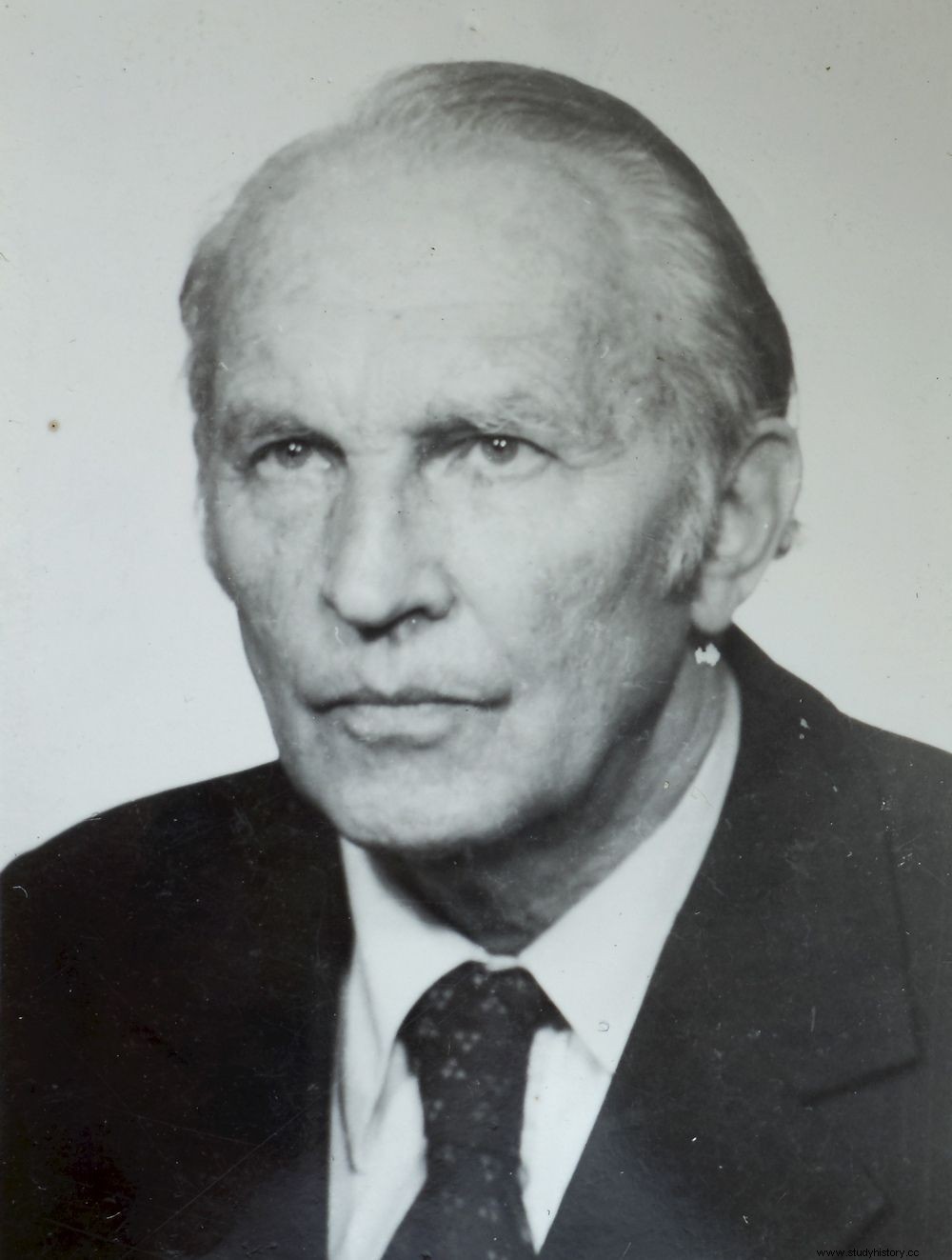
Roman Hrabar knew that without cooperation with the security service there would be no chance of going abroad (source:IPN - reproduction Grzegorz Celejewski / Agencja Gazeta).
Job to be performed
Hrabar's longtime life partner in "The Brown Lullaby" says about him like this:
Roman would engage fully when he was starting to do something. Searching for children, reuniting families was a mission for him (…) After the war, he just got a job, a task to be done. Over time, when he knew the extent to which the children were taken, he understood that his duty was not only to find them, but also to publicize the whole matter as much as possible. That's why he wrote books, gave interviews, conducted his own research. He was convinced that this crime must never be forgotten. He helped if people asked him to.
This collaborator of the communist government and informant of the SB directly or indirectly helped as many as thirty thousand Polish children . He has devoted his entire life to this cause.
Buy the book at empik.com
